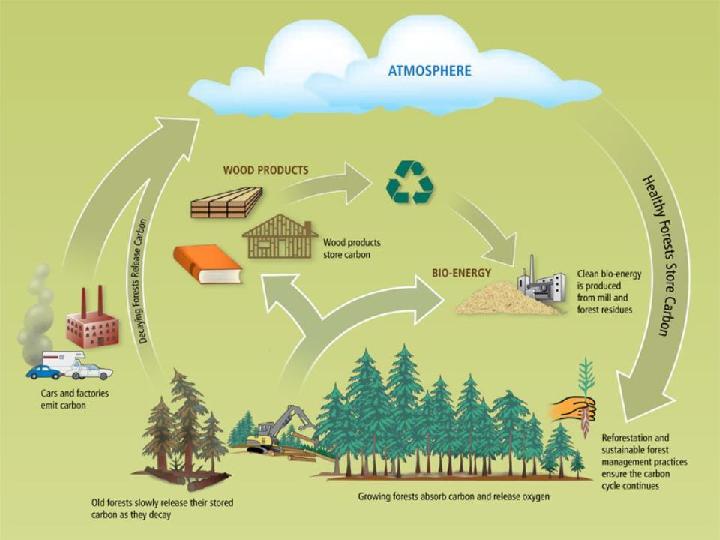Some writers have theorized that thinning a forest would help to prevent atmospheric carbon dioxide levels from increasing because it would reduce the amount of carbon released during forest fires. However, a healthy forest stores carbon and keeps it out of the atmosphere.

A new study by John L Campbell, Mark E Harmon, and Stephen R Mitchell found that forest thinning results in MORE carbon being released. In a nutshell:
- Carbon (C) losses incurred with fuel removal generally exceed what is protected from combustion should the treated area burn.
- Even among fire-prone forests, one must treat about ten locations to influence future fire behavior in a single location.
- Over multiple fire cycles, forests that burn less often store more C than forests that burn more often.
- Only when treatments change the equilibrium between growth and mortality can they alter long-term C storage.
The study was funded, in part, by the US Forest Service’s Western Wildland Environmental Threat Assessment Center. Since it was paid for by the taxpayers, we commend the USFS for making the results of the research available to the public at no additional charge.


Defenders of the Black Hills comment on thinning in the BHNF:
http://rapidcityjournal.com/news/defenders-say-pine-beetles-a-smoke-screen-for-logging/article_7a9d6570-2915-11e1-9e4f-0019bb2963f4.html